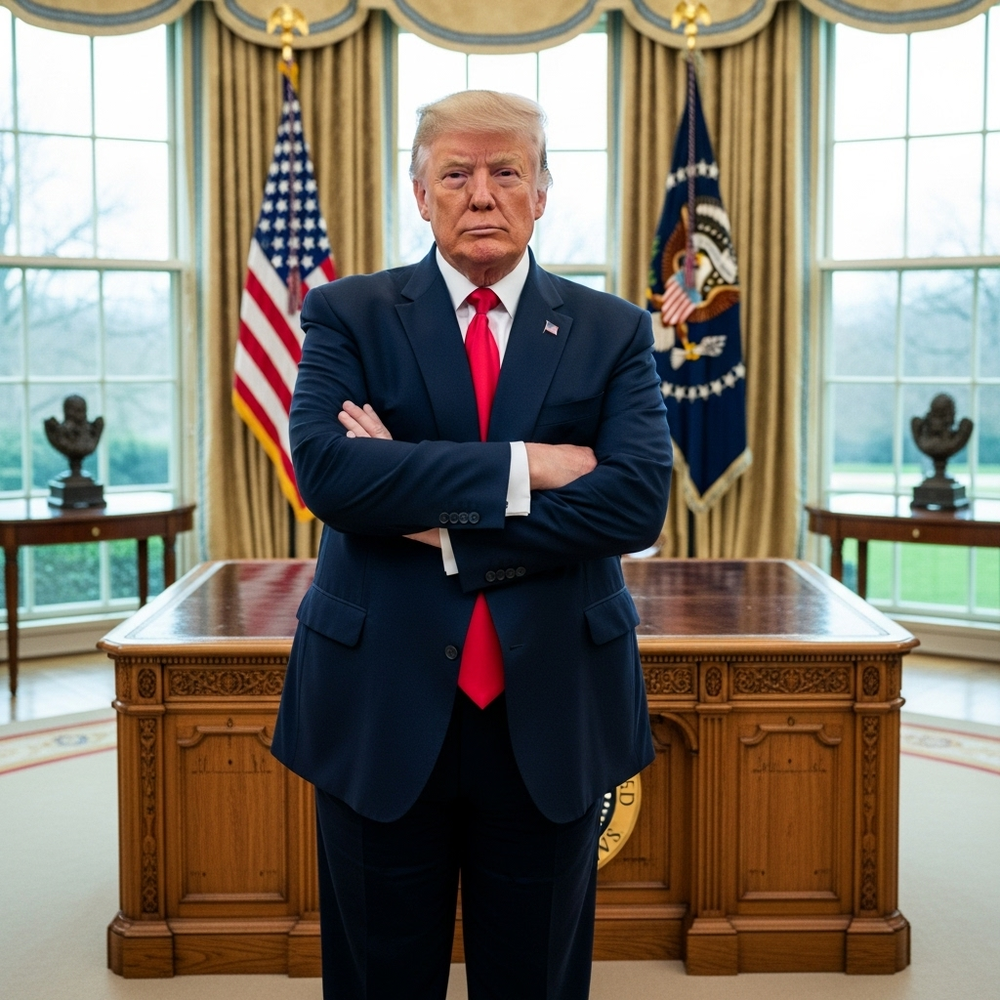In an unprecedented move that marks a significant shift in US industrial policy, the Trump Administration has announced a historic agreement making the federal government a major stakeholder in Intel Corporation. This $8.9 billion investment represents the largest direct government equity stake in a private technology company in recent.
Table of Contents
ToggleKey Details:
- Investment Amount: $8.9 billion for 433.3 million shares at $20.47 per share
- Government Stake: Approximately 10% ownership in Intel
- Strategic Purpose: National security and semiconductor manufacturing resilience
- Timeline: Announced just 4 days ago (August 22, 2025)
The Deal: Key Facts and Figures
According to [Intel's official press release](https://www.intc.com/news-events, the US433.3 million shares at $20.47 per share,9.9% ownership stake in the$100 billion expansion of domestic manufacturing
The agreement, as detailed in [Intel's newsroom announcement](https://newsroom.intel.com/corporate/intel-and-, positions
Strategic Implications for
Semiconductor Independence
This investment addresses critical national security concerns highlighted by [CSIS (Center for Strategic and International Studies)](https://www.c, which emphasizes Intel's importance
Economic Competitiveness
As reported by [Yahoo Finance](https://finance.yahoo.com/news/intel.
Expert Analysis: A
Breaking Traditional Boundaries
This agreement represents a fundamental departure from traditional free-market principles. [POLITICO's analysis](https://subscriber.politicop describes this as an “unusual
Precedent for Future Investments
The Intel investment
Market Reactions and Industry Impact
Immediate
Following the announcement, Intel's stock showed positive momentum, with investors viewing the government backing as a vote of confidence in the company's long-term prospects. The $
Competitive Landscape Changes
This investment fundamentally alters the competitive dynamics in the semiconductor industry. With
- Research and Development Funding
- Manufacturing Capacity Expansion
- Long-term Strategic Planning
- Risk Mitigation for Major Projects
Potential Risks and Concerns
Political Interference
Critics worry about potential government interference in corporate decision-making.
Market Distortion
Some
Long
Industrial Strategy Evolution
This investment marks a significant evolution in US industrial strategy, moving from indirect
- Direct influence over strategic decisions
- Potential financial returns on investment
- Enhanced oversight of critical technology development
Global Competitiveness
By securing a stake in Intel, the US government ensures continued American leadership in semiconductor technology, crucial for maintaining competitive advantages in artificial intelligence, quantum computing, and advance
Conclusion
The US government's $8.9 billion investment in Intel represents more than a financial transaction—it's a strategic repositioning for the digital age. This historic agreement demonstrates America's commitment to maintaining technological sovereignty while ensuring the
As global competition intensifies in semiconductor
The implications extend far beyond Intel's balance sheet, potentially reshaping the relationship
This analysis incorporates information from multiple high-authority sources including Intel's official communications, government policy analysis, and financial market reporting to provide comprehensive coverage of this developing story.







